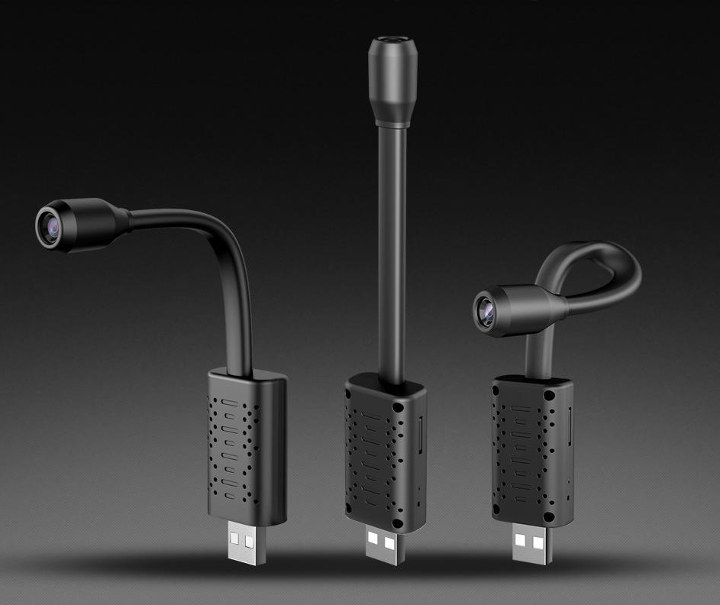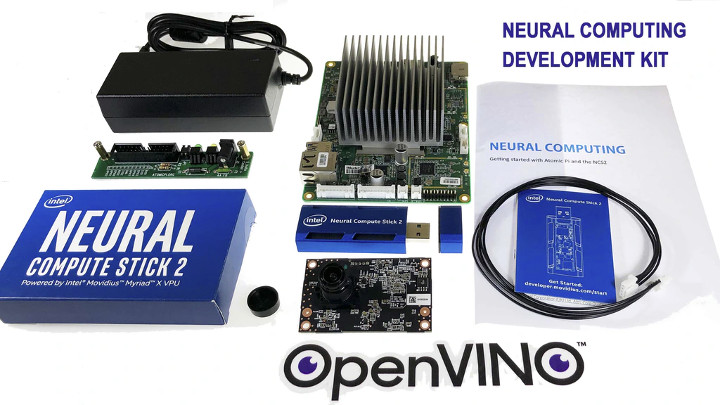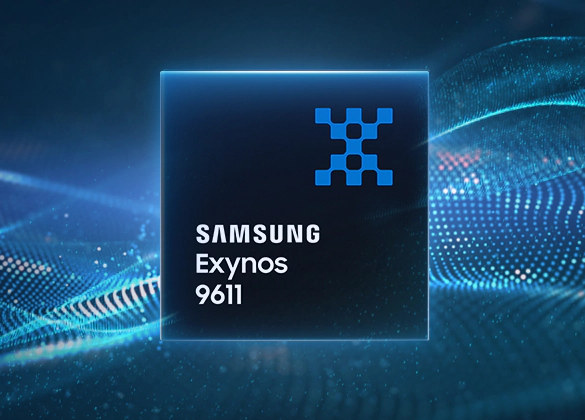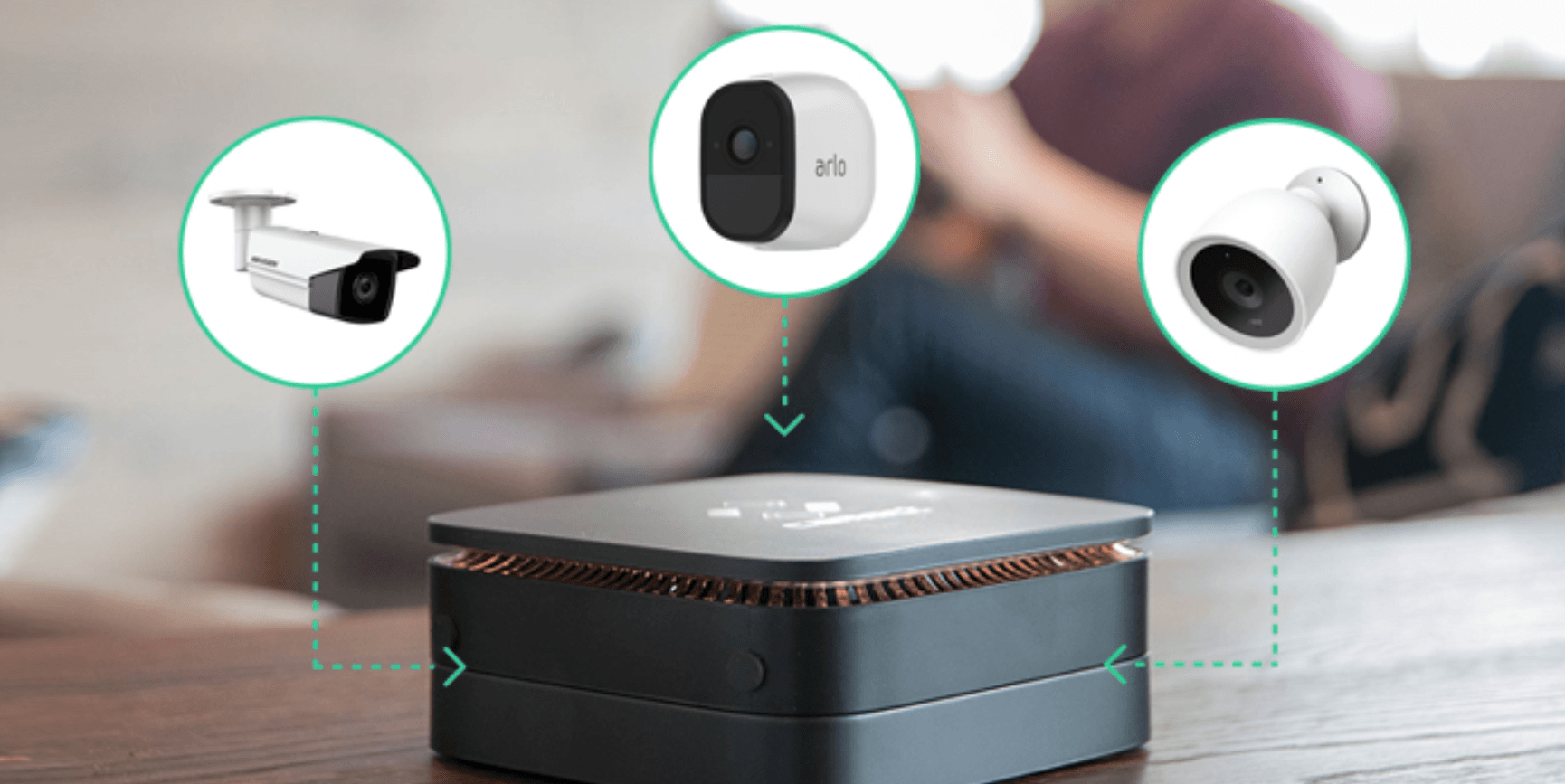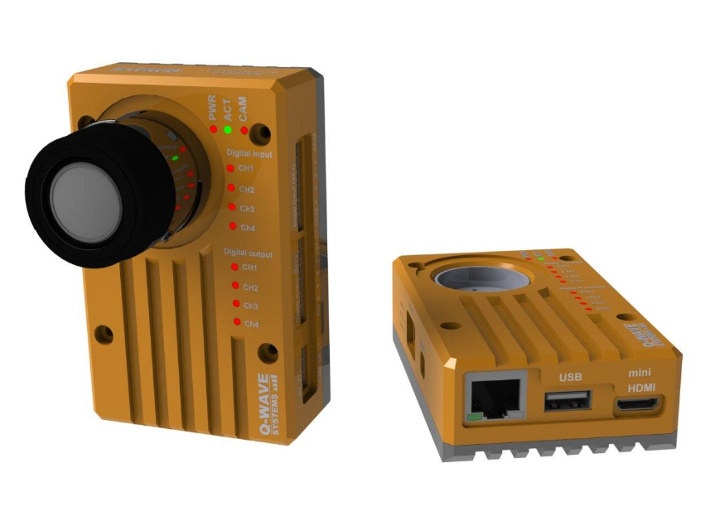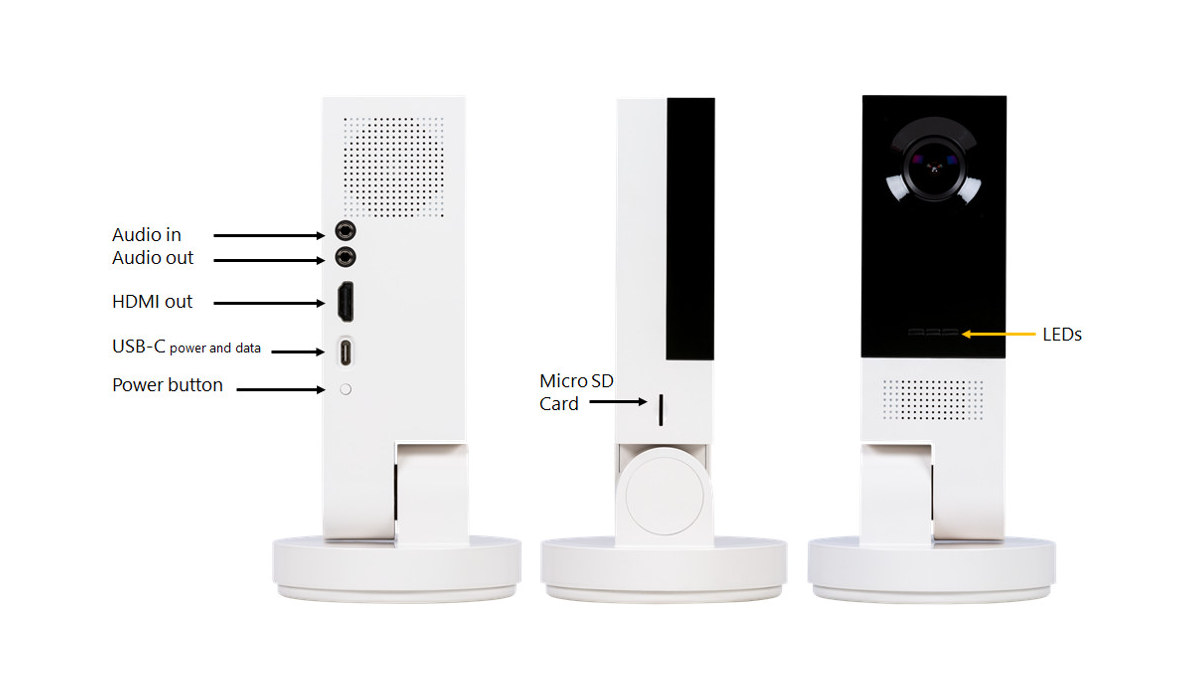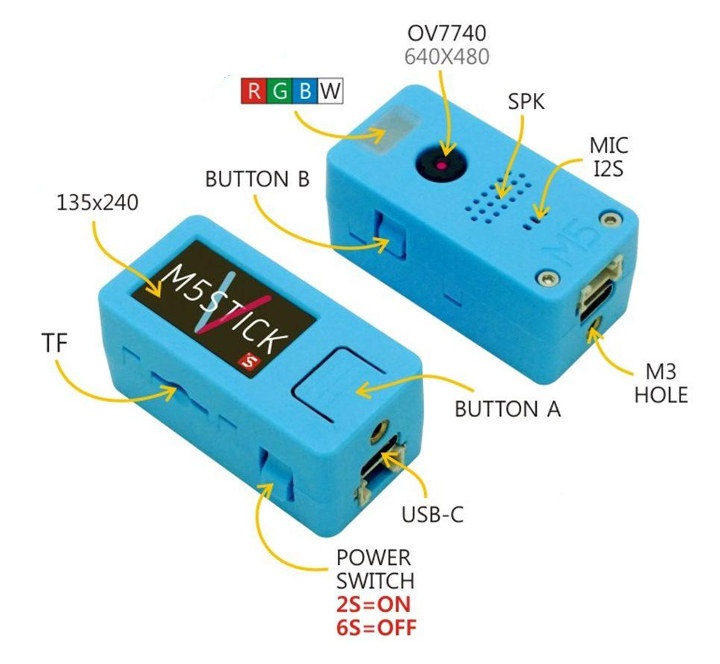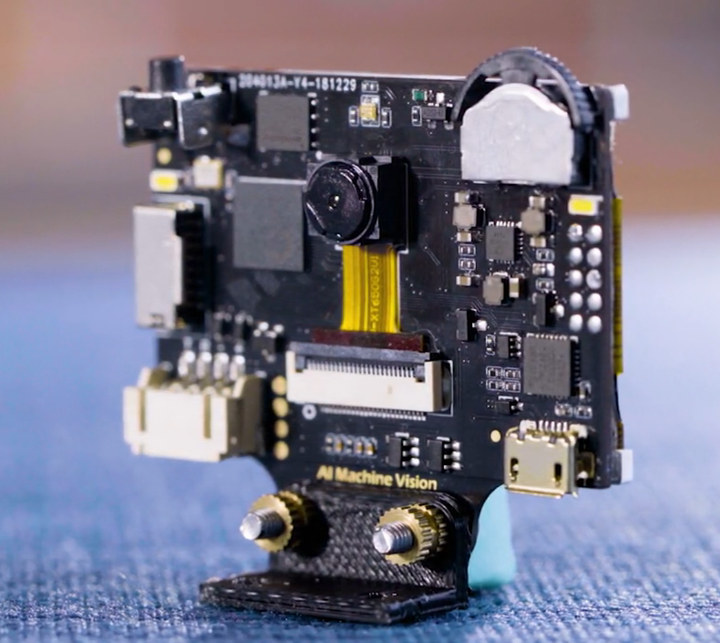When I first saw U21 HD camera it reminded me of SOOCOO G1 is action camera with a flexible stick, since the camera also comes with a flexible hose which allows you to orient it as you please. But it’s a different bear, as U21 is a surveillance camera powered over USB and featuring WiFi connectivity. I can’t see any motion detection, so it may have some dose of “AI” since it claims to support motion and human detection so you only get relevant alerts. It is currently sold (pre-orders) on Banggood for $33.65 including shipping with order starting to be processed on October 30th. U21 USB WIFI camera key features and specifications: MCU / WiSoC – No information (yet) Storage – MicroSD card slot up to 128GB for up to one month of recording (8GB = 2 days); Cloud storage via third party (paid) Camera – 14mm lens, HD […]
Atomic Pi x86 SBC Meets Intel Neural Compute Stick 2 in $99 Neural Computing DevKit (Crowdfunding)
IoT Team launched the $34 Atomic Pi SBC powered by an Intel Atom x5-Z8350 processor via a Kickstarter campaign last December. At the time, it only ships to the US, and looked too good to be true. But the thing is real coming from a failed robotics project, and the low-cost x86 board went back for sale via Amazon and other channels with worldwide availability last spring. The price has even gone a bit lower as you’ll find it for $32.95 on Amazon. Note that it requires some technical skills to get started and with 16GB eMMC flash it only supports Liux distributions such as Ubuntu 18.04, and installing Windows 10 is possible, but you’ll be seriously limited. Atomic Pi is back in the news, as IoT Team has now launched another Kickstarter campaign for the board, except it’s not sold standalone, but instead as part of a $99 neural […]
Samsung Exynos 9611 SoC Targets AI Powered Smartphones with a Pro-grade Camera
Silicon vendors are all launching new mobile processors with “advanced AI capabilities”, and Samsung has just announced another one of those processors with Exynos 9611 that upgrades on Exynos 9610 introduced last year. The company claims “the Exynos 9611 mobile processor brings intelligent performance for the next-generation experiences from artificial intelligent applications to pro-grade camera”, but I’m actually unable to find any differences between the two processors, except the Cortex-A53 cluster’s maximum frequency has been boosted to 1.7 GHz instead of 1.6 GHz, and possibly support for 64MP single cameras. Exynos 9611 key features and specifications: CPU – Up to 2.3GHz quad-core Cortex-A73 cluster and up to 1.7GHz quad-core Cortex-A53 cluster. GPU – Mali-G72 MP3 Memory – LPDDR4x Storage – UFS 2.1, eMMC 5.1 Display – Up to WQXGA (2560×1600) Camera – 24MP single camera (up to 64MP), 16+16MP dual camera Video – 4K UHD 120fps encoding and decoding with […]
Camect is an Artificial Intelligence based Universal Camera Hub (Crowdfunding)
Every day people are getting more concerned about the security of their homes, families, offices, properties, and other related belongings getting more people investing in products and services that helps boost that security. Although we have several products that can be used for home security, Cameras are arguably the most common and important one. Cameras are one the most used home security solutions, and they come in various variants. One of the challenges that come with cameras is that a camera platform from company A won’t mostly work with company’s B platform, thus constraining the user to one single expensive platform or be tempted to juggle around different platforms. Camect is a Camera Hub powered by Artifical Intelligence that intends to address this problem. Camect can aggregate video feeds from any security camera on your home network regardless of the brand. Camect I believe is the OpenHAB for cameras. […]
Raspberry Pi CM3+ based EagleEye Smart Camera Works with OpenCV and LabVIEW NI Vision
We previously covered Q-Wave Systems’ Melon S3 board combining a Xilinx Spartan 3E FPGA with ESP8266, but the Thai company is back is a completely different product: EagleEye Smart Camera. The board is powered by Raspberry Pi Compute Module 3+ (CM3+) with 16GB or 32GB flash, and equipped with a 5 MP camera for machine vision and robotics applications. There are two version of the board Uno and Industrial with the latter adding 24V digital input and outputs, circuit protections and support for industrial temperature range. EagleEye smart camera key features & specifications: SoM – Raspberry Pi CM3+ with Broadcom BCM2837B0 quad core cortex-A53 processor, 1 GB RAM, and 16GB or 32 GB flash Camera – 5 MP OV5647 image sensor, CS/M12 lens holder + 4mm CS lens Video Output – mini HDMI port Networking – 10/100M Ethernet USB – 1x USB 2.0 host port up to 1.2A Expansion Uno […]
Microsoft Unveils The Vision AI Developer Kit For AI on the Edge
The field of Artificial Intelligence is getting more exciting every single day, and the big corporations and startups are massively pouring for it. One thing I am undoubtedly sure about is that the future will certainly be remarkable. Microsoft, the biggest software company in the world with sales over $100 billion has been venturing in the domain of artificial intelligence for a while now with cloud computing platform Azure and other related cloud computing services, but instead of its usual cloud computing route for AI, Microsoft is banking on AI on the edge with the introduction of the Vision AI Developer Kit in joint partnership with the semiconductor giant Qualcomm. With millions of data collected at the Edge, the potential of artificial intelligence on the edge is promising. AI cases performed on the Edge will help in making critical decisions, and more data insight can even facilitate important business scenarios. […]
M5Stack M5StickV is a Tiny AI Camera for Maker Projects
I’ve just started to play with Maixduino board based on ESP32 WiSoC and Sipeed M1 module that enables AI tasks such as object detection thanks to built-in AI accelerators found in Kendryte K210 RISC-V processor and noticed references to M5Stack M5StickV in firmware file names. Somehow I never wrote about M5Stack, but the company provides modular ESP32 IoT development boards that can be stacked with various modules to easily and quickly build prototypes. M5StickV is one of those modules and is similar to Maixduino kit with camera and display, minus WiFi + Bluetooth connectivity, except that everything nicely packed into a cute module. M5StickV hardware specifications: SoC – Kendryte K210 dual-core 64-bit RISC-V processor @ 400MHz with dual independent double-precision FPU, 8MB on-chip SRAM, Neural Network Processor (KPU) @ 0.8Tops, Field-Programmable IO Array (FPIOA), and more Storage – 16MB flash, microSD card slot Display -1.14″ SPI display with 240×135 resolution […]
HuskyLens AI Camera & Display Board is Powered by Kendryte RISC-V Processor (Crowdfunding)
A couple of years ago, I reviewed JeVois-A33 computer vision camera powered by Allwinner A33 quad-core Cortex-A7 processor running Linux. The tiny camera would implement easy-to-use software for machine vision with features such as object detection, eye tracking, QR code and ArUco marker detection, and so on. The camera could handle the tasks at hand, but since it relied on purely software computer vision, there were lag for some of the demo applications including 500ms for single object detection, and up to 3 seconds for YOLO test with multiple object types using deep learning algorithms. That’s a bit slow for robotics project, and software solutions usually consume more than hardware accelerated ones. Since then, we’ve started to see low-cost SoC and hardware with dedicated hardware AI accelerators, and one of those is Kendryte K210 dual-core RISC-V processor with a built-in KPU Convolutional Neural Network (CNN) hardware accelerator and APU audio […]


